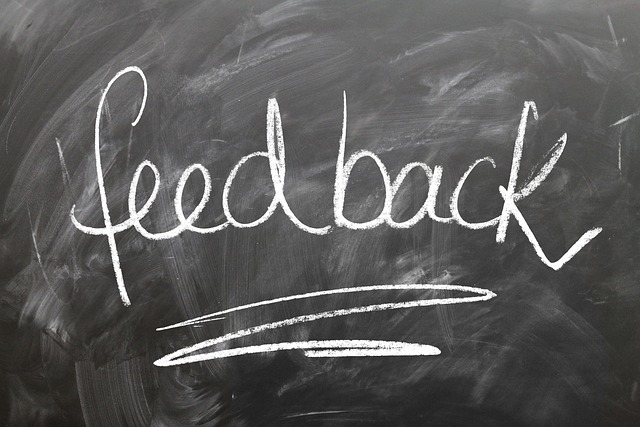The rising temperatures and erratic weather patterns we experience today are not mere numbers; they represent an urgent reality that affects every corner of our planet. As we navigate the complexities of climate change, the importance of communication emerges as a pivotal tool in our pursuit of solutions. The way we discuss and disseminate information about environmental issues can spark actions that catalyze significant change.
From local communities to global summits, clear and effective communication can bridge the gap between scientists, policymakers, and the public. The challenge lies not only in sharing data but also in making it relatable and actionable. For example, instead of presenting climate statistics as abstract figures, we can frame them within the context of personal stories that resonate with people’s daily experiences. When individuals understand how climate change affects their homes, families, and futures, they are more likely to engage and advocate for necessary changes.
Moreover, the role of social media cannot be overlooked in our current age. Platforms like Twitter and Instagram allow for rapid dissemination of information, enabling grassroots movements to flourish. Whether it’s a viral hashtag about ocean conservation or a compelling video that demonstrates the effects of deforestation, communication amplifies the voices of those advocating for climate action. The emotional weight of these stories can mobilize communities and inspire collective efforts toward sustainability.
Education is another critical component. Schools and organizations that prioritize environmental education foster a generation that is not only informed but equipped to tackle these pressing challenges. A culture of communication that encourages curiosity and open dialogue empowers individuals to seek out solutions and share their own ideas. Workshops, seminars, and forums dedicated to climate literacy can set the stage for innovation, with participants brainstorming and collaborating on projects that address local and global issues.
Additionally, transparency in government and corporate practices plays a crucial role in building trust with the public. When entities openly communicate their goals, challenges, and progress regarding climate initiatives, it encourages a collaborative spirit. Citizens feel they are part of the conversation, leading to increased accountability and community partnership. This synergy is essential in driving effective environmental policies and initiatives that can lead to meaningful results.
As we face the reality of climate change, let us harness the transformative power of communication. A simple conversation over coffee, a community meeting, or a social media post can plant the seeds of awareness and action. By fostering open lines of communication, we can build a collective understanding of the urgency of our climate crisis and galvanize individuals, communities, and nations towards innovative solutions that protect our planet for generations to come.




